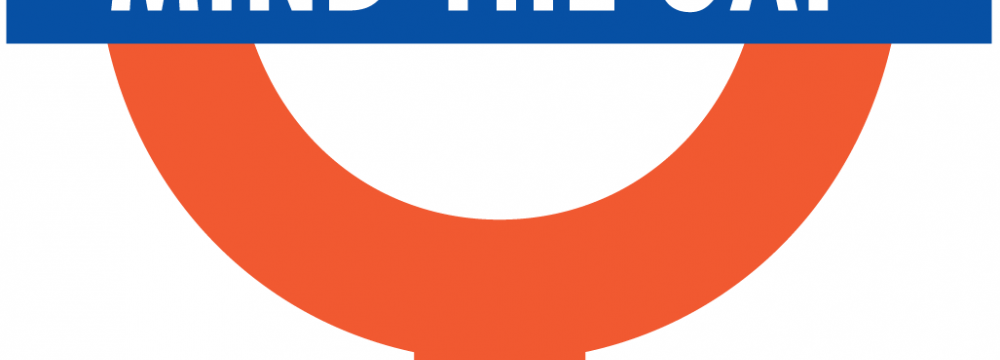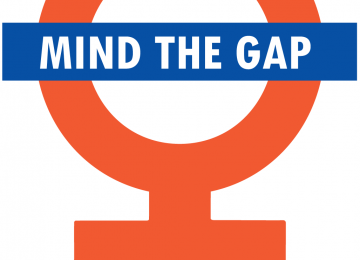The Global Gender Gap Report 2014 indicates that Iran has made huge strides in pushing female tertiary education, with recent figures showing women now outnumber men in universities and other educational centers.
The Islamic Republic of Iran is ranked 137th out of 142 countries in the latest Global Gender Gap Report recently released by the World Economic Forum. The report benchmarks the national gender gaps of the listed countries based on economic, political, education and health and survival criteria.
Iran stands 104th in terms of educational attainment, meaning the gender gap between males and females through the state education system is nearly on a par with official estimates. The report highlights that Iran has made huge strides in pushing female tertiary education, with recent figures showing women now outnumber men in universities and other educational centers.
Other countries following Iran include Turkey at 105, Lebanon at 106 and Tunisia at 107. The new statistics show that although Iran’s medical industry over the past few years has been affected by international sanctions over the country’s nuclear program, long-term effects have not been felt by the elderly population in general. For economic participation between the sexes, Iran is ranked 139th just ahead of Jordan at 140 and Pakistan at 141, respectively. Other countries in the region are ranked as follows: Azerbaijan comes in 94th, Turkey 125th, Georgia 85th, with Iraq and Afghanistan not making the list of countries due to ongoing conflicts across their territories.
According to the report, the gender gap for economic participation and opportunity now stands at 60% worldwide, having closed by 4% from 56% in 2006. The gender gap is narrowest in terms of health and survival with a gap standing at 96% globally, with 35 countries having closed the gap entirely, and the report shows that Iran is not far behind. Despite all this, it is the only sub-index which declined over the course of the past nine years in general terms. The educational attainment gap is the next narrowest, standing at 94% globally. Here, 25 countries have closed the gap entirely.
While the gender gap for economic participation and opportunity lags stubbornly behind, the gap for political empowerment, the fourth pillar measured, remains wider still, standing at 21%, although this area has seen the most improvement since 2006. Since coming to power last summer, the Rouhani administration has begun new procedures to empower women in the workplace and at home to offer small loans for them to create part-time businesses to support households. Back in April this year, in a speech marking Women’s Day, President Rouhani criticized “those who consider women’s presence in the society as a threat” and said Iran still had “a long way to go” to ensure gender equality.





